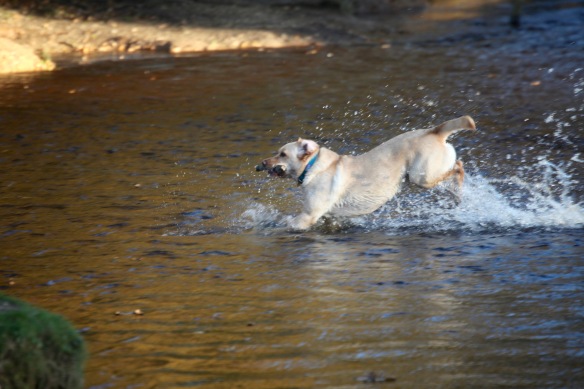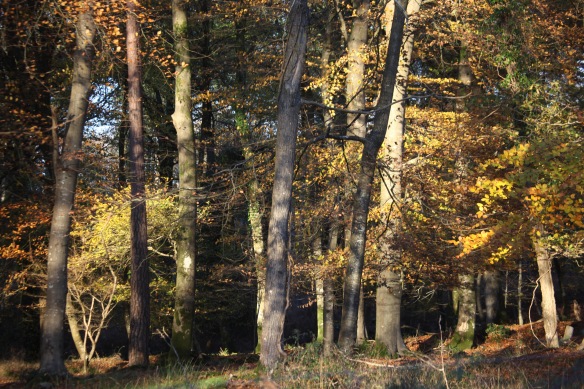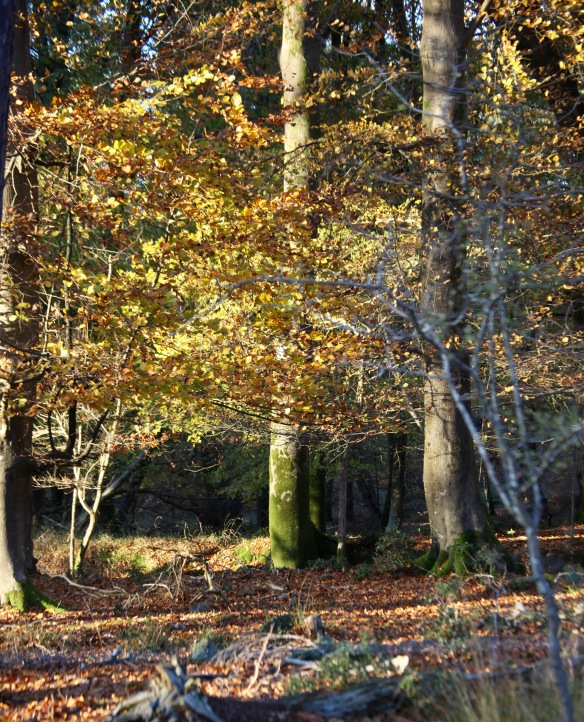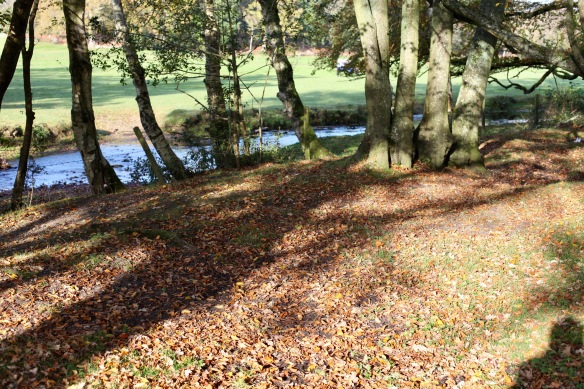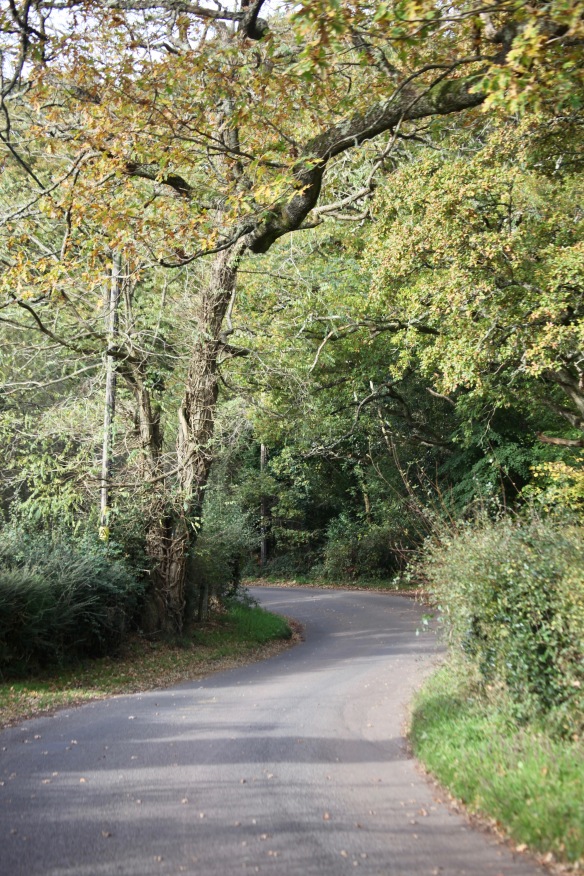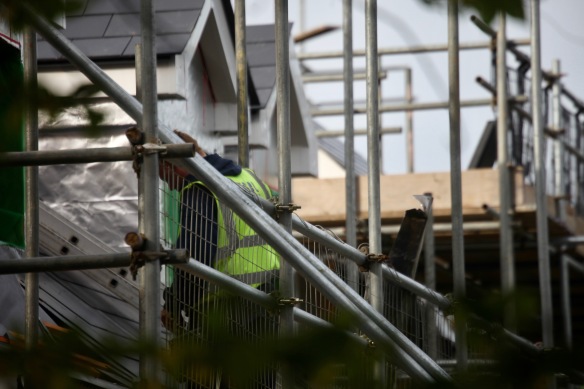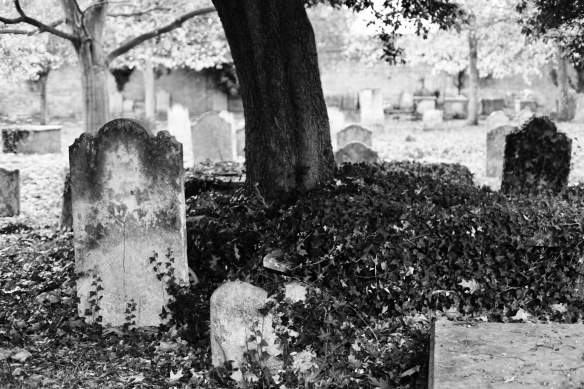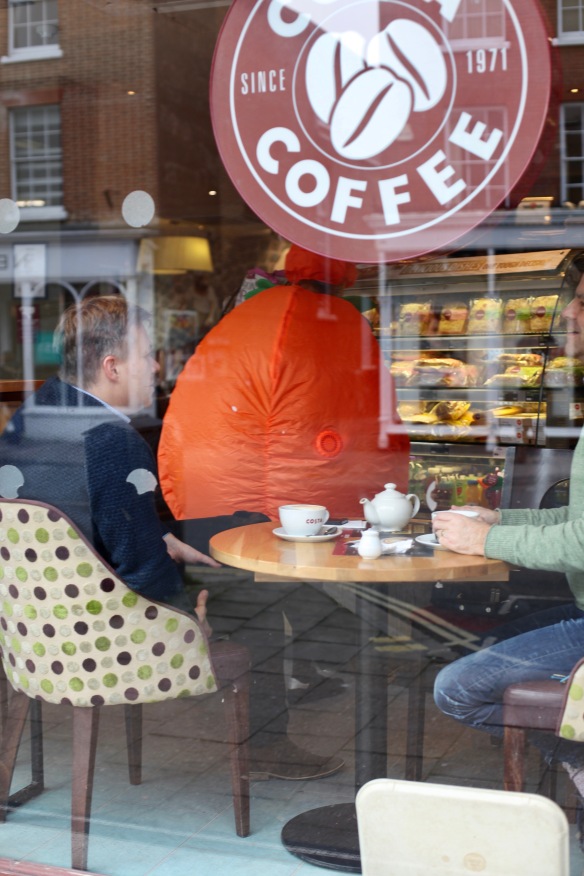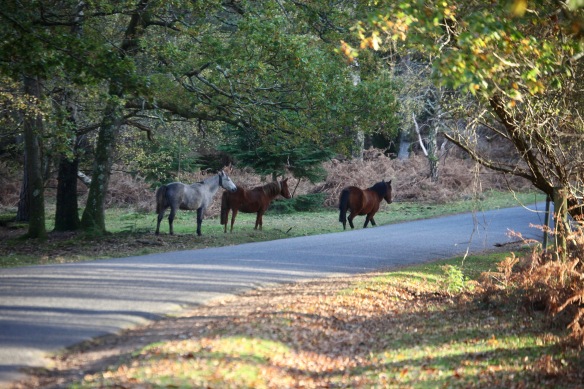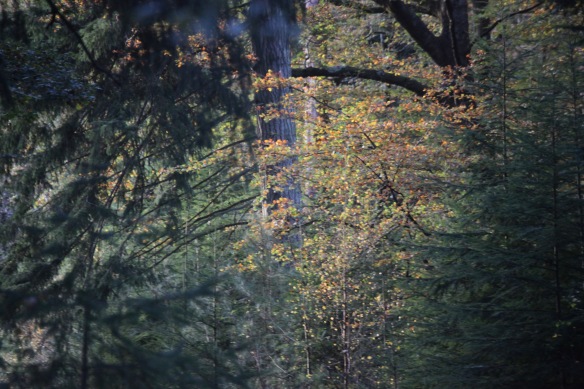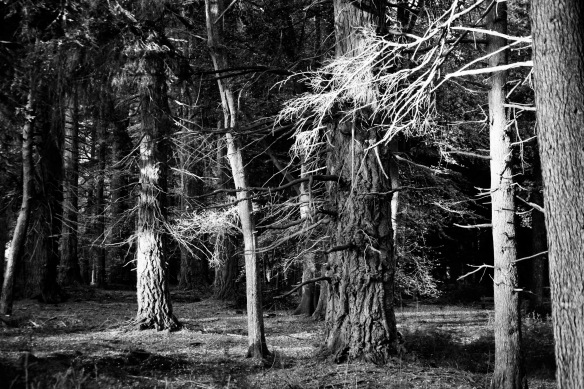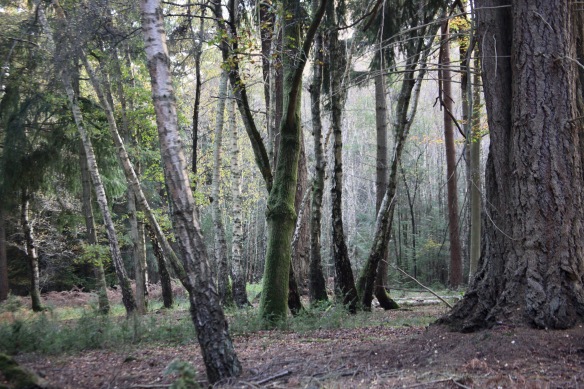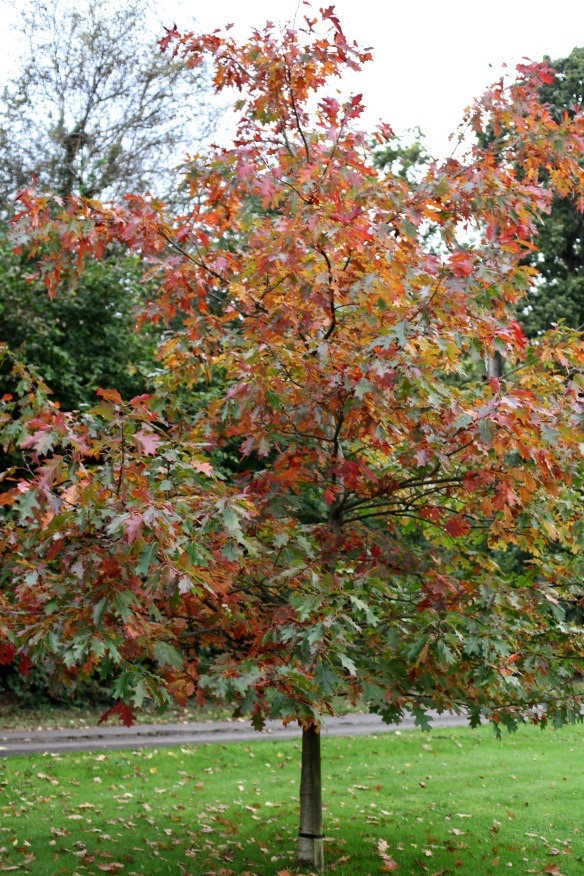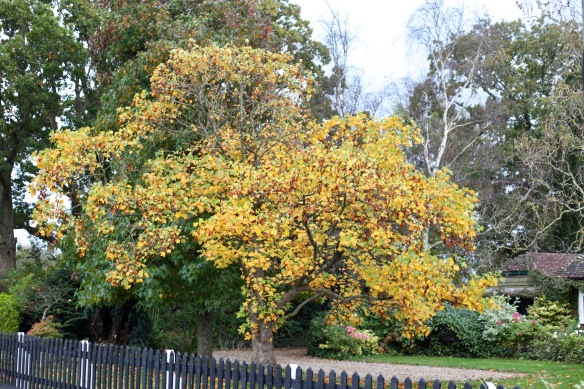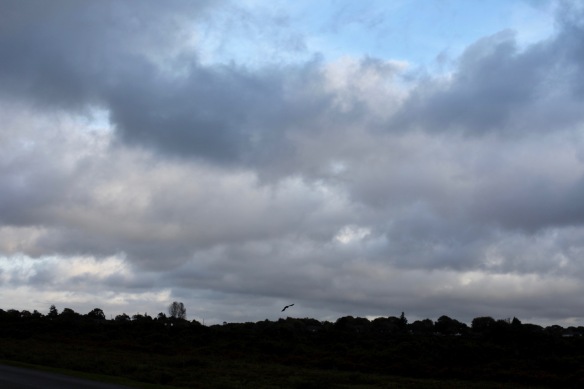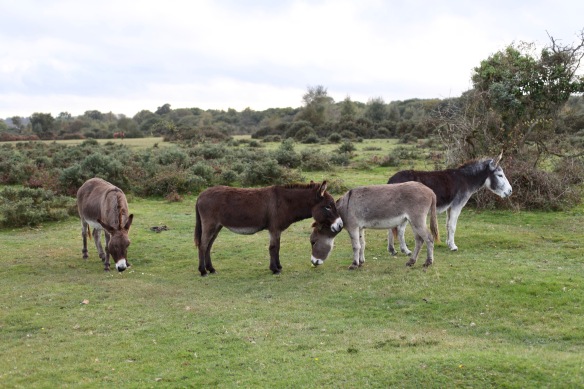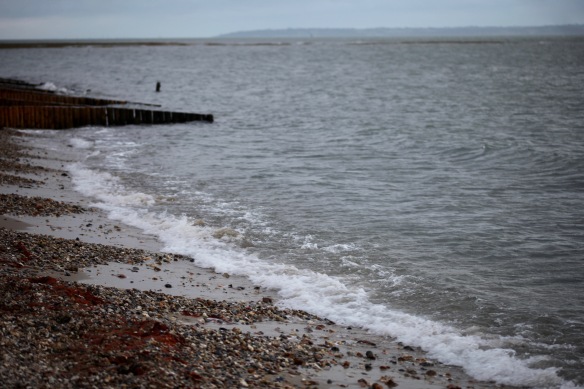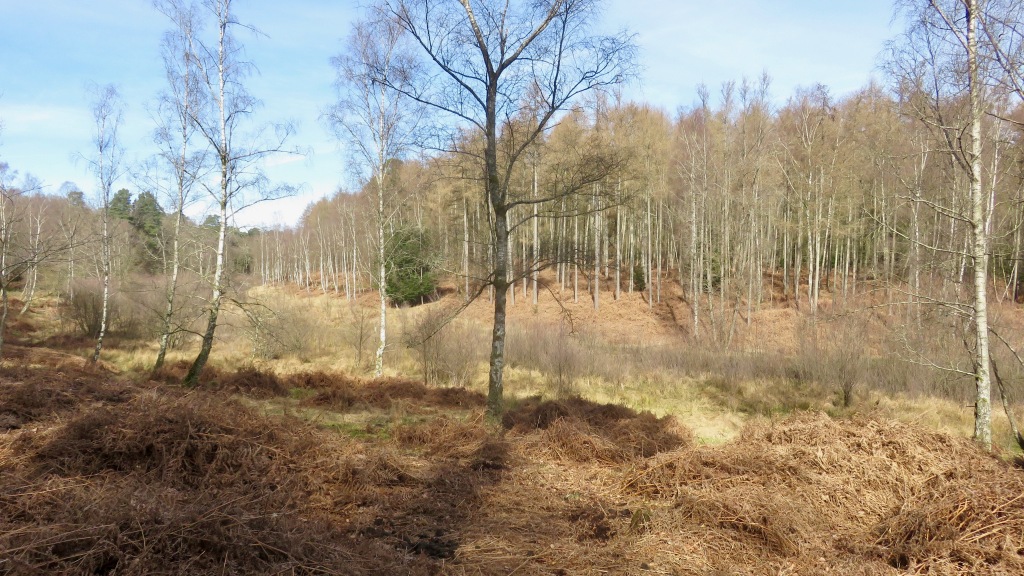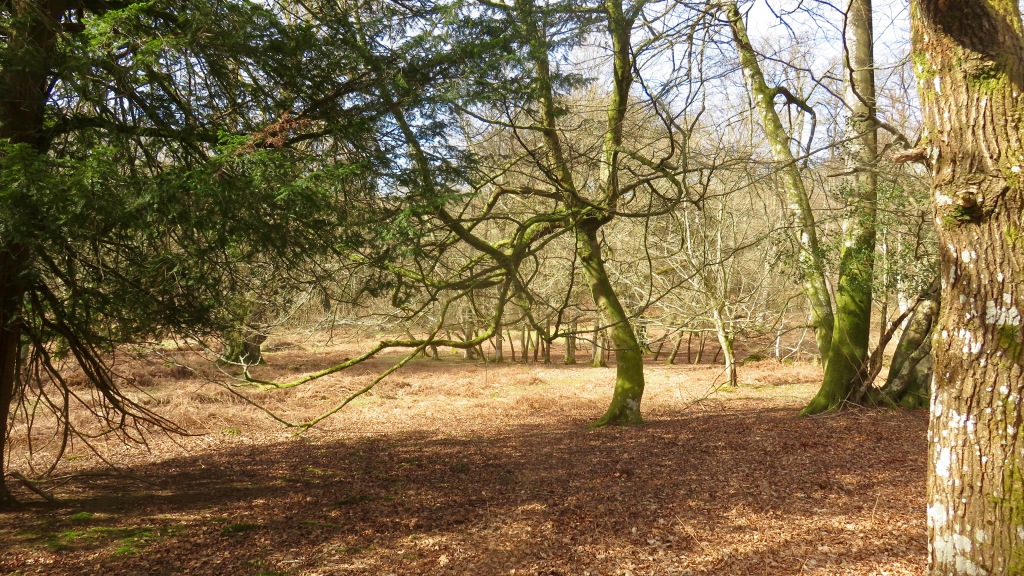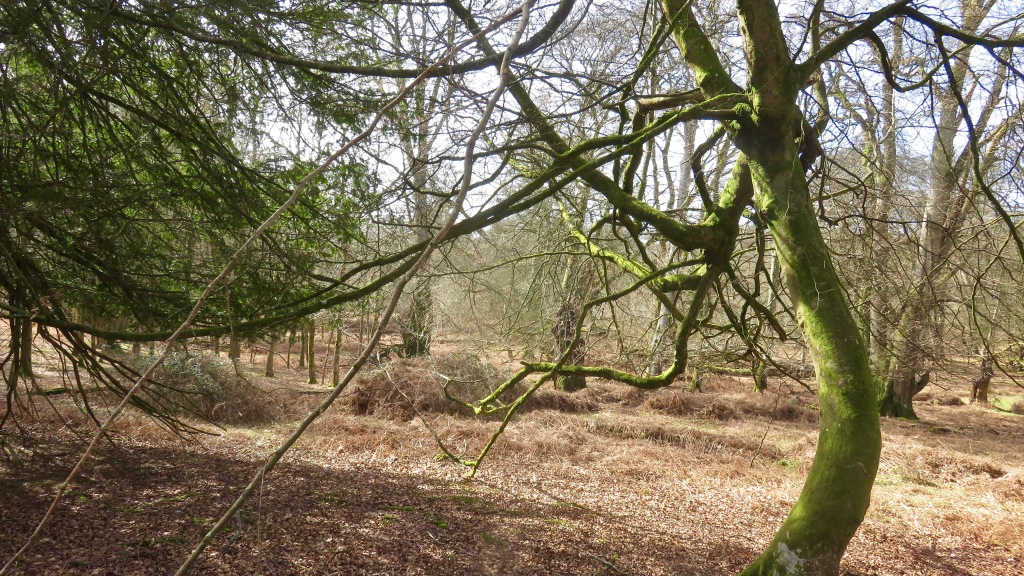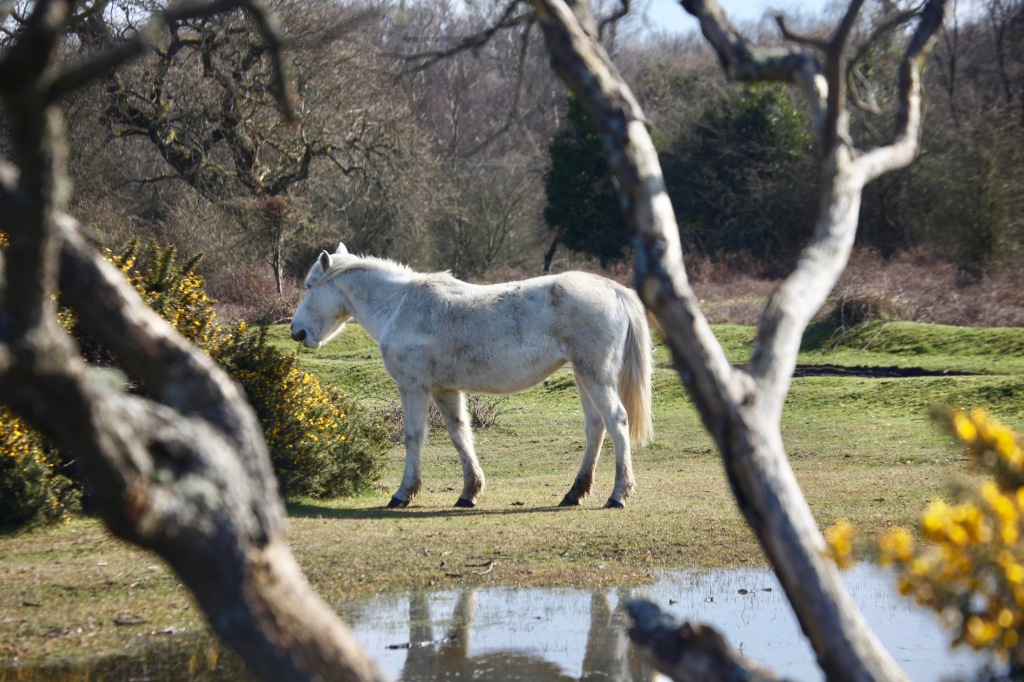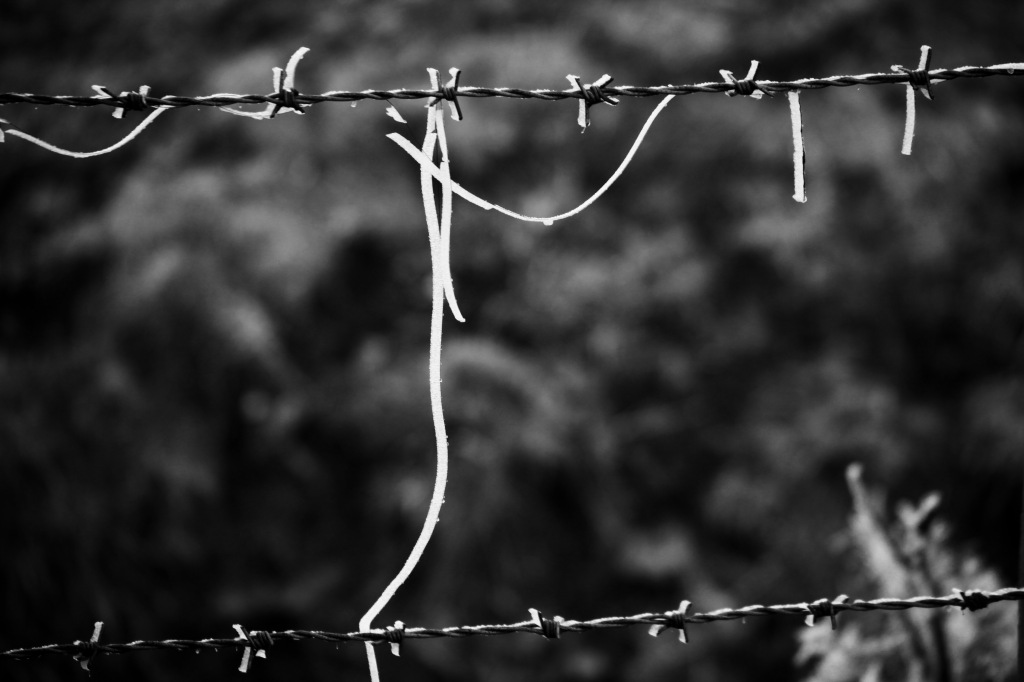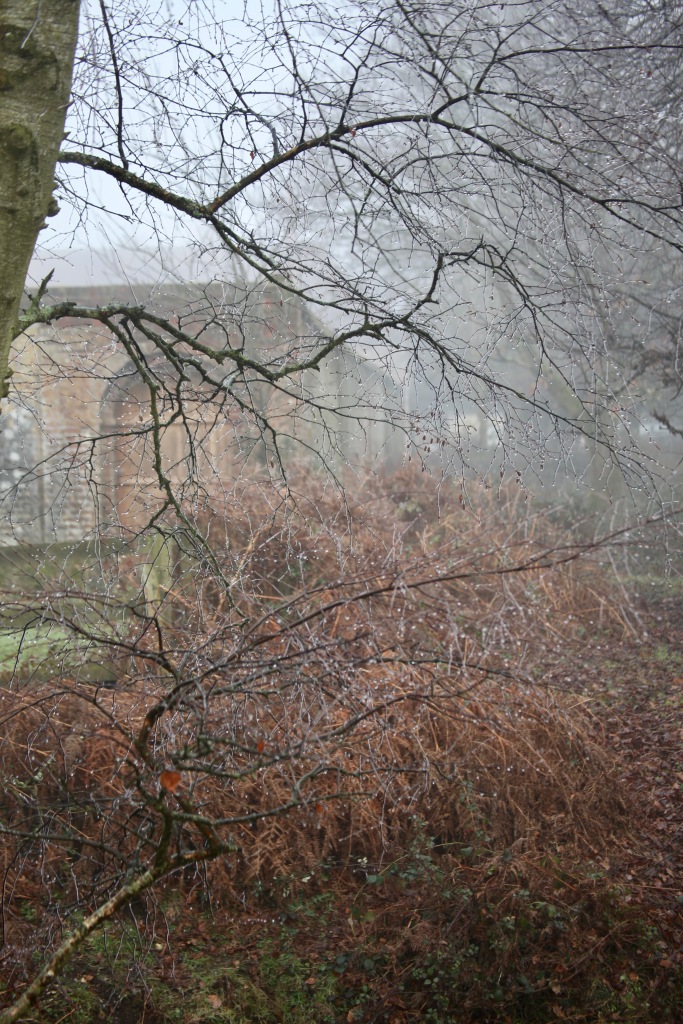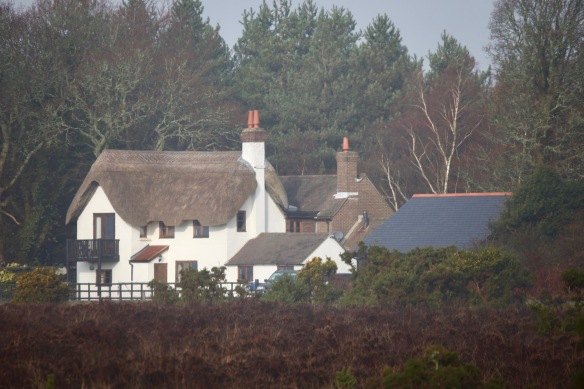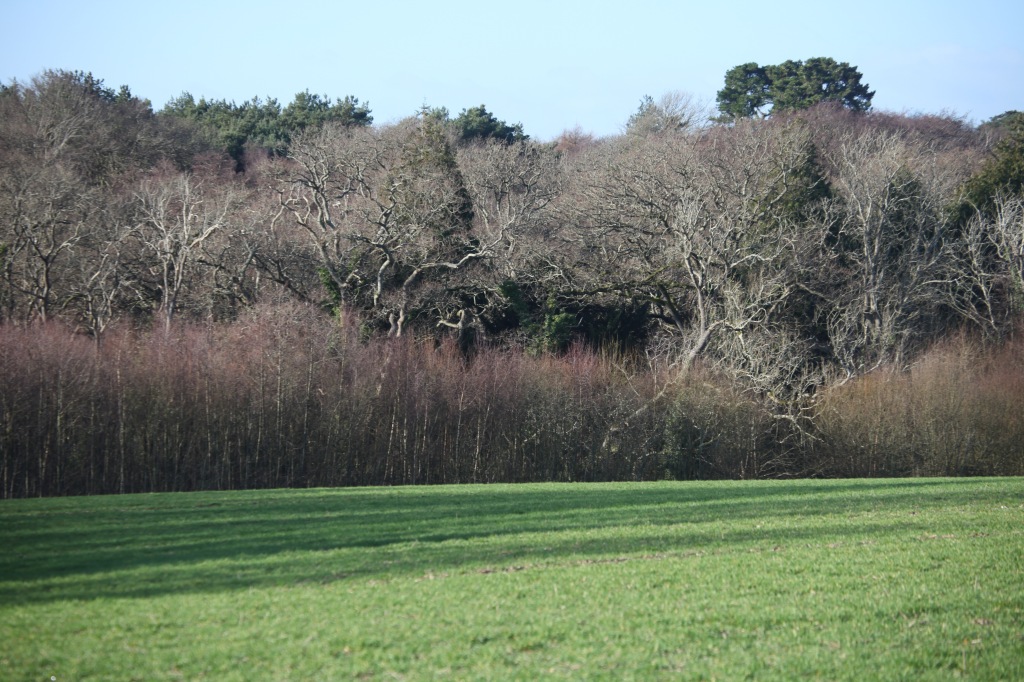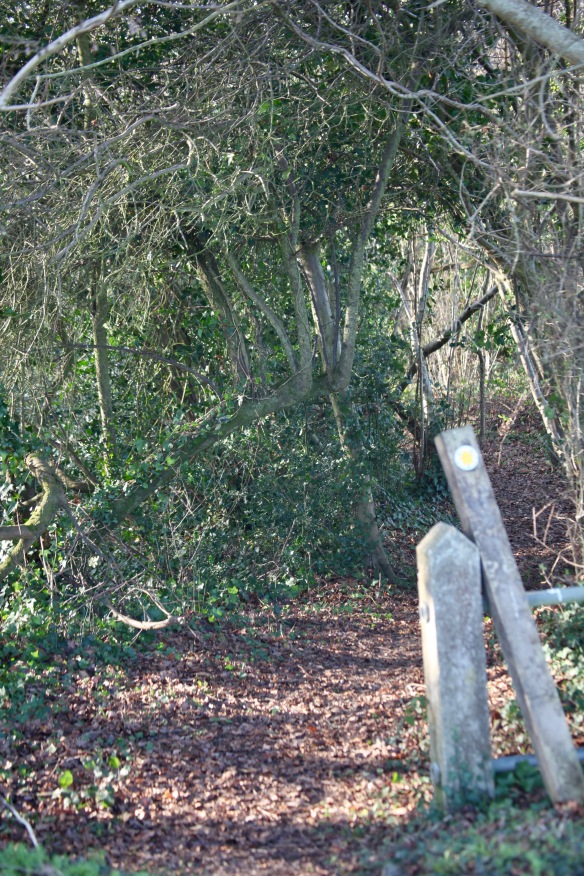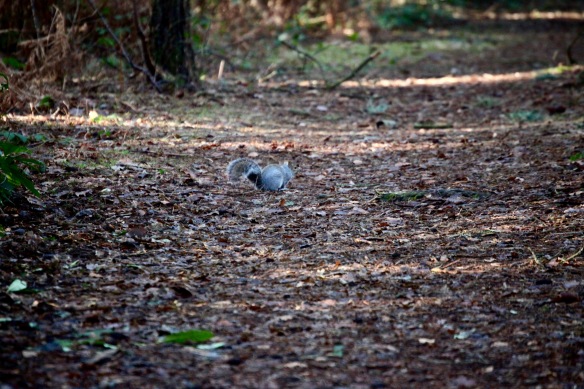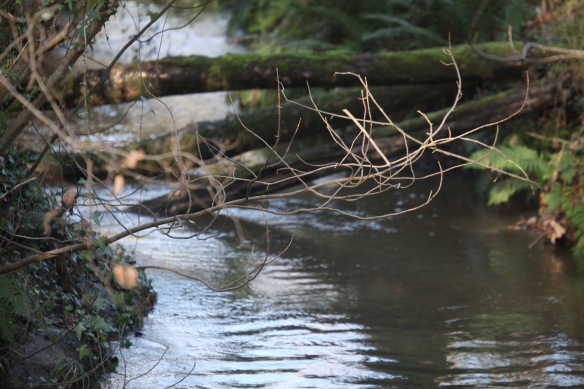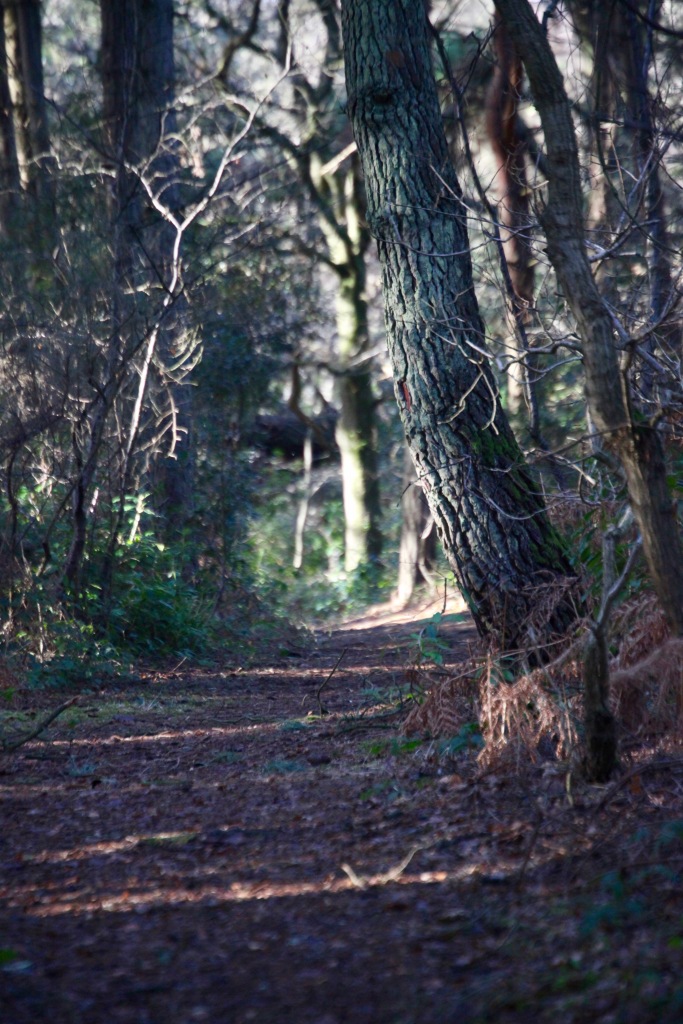CLICK ON IMAGES TO ENLARGE. REPEAT IF REQUIRED
We just had time this morning to transport the contents of two orange bags of clippings to Efford Recycling Centre before steady rain descended for the rest of the day. After a trip to Sears barbers in Milford on Sea for Peter to cut my hair, I scanned the next dozen colour slides from November 2004. One image wasn’t really good enough, so I deleted it.

Mepham Street SE1 stands beneath the main entrance of Waterloo Station. The BFI IMAX cinema that towers above the railway is described thus by Wikipedia:
The BFI IMAX is an IMAX cinema in the South Bank district of London, just north of Waterloo station. It is owned by the British Film Institute and since July 2012 has been operated by Odeon Cinemas.[1]
The cinema is located in the centre of a roundabout junction with Waterloo Road to the south-east, Stamford Street to the north-east, York Road to the south-west and Waterloo Bridge to the north-west.
The BFI IMAX was designed by
Bryan Avery of Avery Associates Architects
[2] and completed in May 1999. The screen is the largest in Britain (20m high and 26m wide). It has a seating capacity of just under 500 and a 12,000 Watt digital surround sound system. Although the site is surrounded by traffic and has an
underground line just four metres below, the architects and engineers accounted for this in their design and the entire upper structure sits on anti vibration bearings to prevent noise propagation.
The cinema won several awards at the time of opening, including a Design Council Millennium Product Award[3] in 1999 and a Civic Trust Award in 2000.[4]
In 2012, the screen was replaced and a digital IMAX projector was installed alongside the existing 70mm projector. In July 2012, the BFI announced that Odeon Cinemas had been selected to operate it for the next five years, with the option of termination after three years. Odeon will maintain the film programmes, and booking of tickets online and per telephone. This also gives customers the opportunity to watch Operas on the giant screen. The BFI will retain a great deal of power over the cinema’s operation however, including parts of the film schedule and the technical operation.[5] The name will remain the same.
To start this move to mainstream cinema, the BFI London IMAX theatre celebrated by having sold 66,000 pre-booked tickets for The Dark Knight Rises in just 5 weeks, giving a total sale in tickets of £1,000,000 even before the premiere of the movie.’
Perhaps it is a little early to discover whether the five year contract has been renewed.

The Waterloo Station entrance is viewed here from Boyce Street SE1. In the early 20th century, the station was completely redesigned and rebuilt, reopening in 1922. The Victory Arch over the entrance commemorates World War I.

The redevelopment of Kings Cross, St Pancras, and their environs was under way in 2004, as shown in this picture of Midland Road NW1. Maybe the man in the hard hat has left the heavily craned background for a lunch break.

On the other side of Euston Road, at number 130, on the corner of Mabledon Place, stands the headquarters of the Public Service Union, the second largest in UK.

I often walked across Kingsway WC2 on my way to my consultancy work at Portugal Prints,

the entrance to which is shown here on the corner of St Clement’s Lane.

My route took me past Ship Tavern at the corner of Gate Street and Little Turnstile WC1. londonremembers.com tells us that ‘this tavern was established in the year 1549. During the proscription of the Roman Catholic religion it was used as a shelter for priests and services were held here secretly. The neighbourhood was once notorious for the gambling houses of Whetstone Park. Famous visitors have been Richard Penderell, who aided King Charles’s escape, Bayford, shoemaker and antiquarian. The woman Chevalier d’Eon, who lived as a man, and Smeaton the builder of the first Eddystone Lighthouse. It was a centre of Freemasonry and a Lodge with the number 234 was consecrated here by the Grand Master the Earl of Antrim in 1786.’ The hostelry was rebuilt in 1923.

When I photographed Whetstone Park a traffic warden was no doubt relishing writing out this parking ticket. Maybe someone got the wrong idea from the name of the street.

That little area led me to Lincoln’s Inn Fields and to the above-mentioned Portugal Prints.

The Dickens Tavern, on the corner of London Street and London Mews WC2, boasts of being London’s longest pub. It certainly goes on forever, possibly the whole length of the mews. It is, of course, not very wide.

I must have ventured onto the towpath of the Regent’s canal when taking one of these walks, because another photograph of leaves on the water has crept into this set.
This evening we dined on Mr Pink’s fish and chips, Garner’s pickled onions, and Tesco’s wallies, followed by strawberries and ice cream.


























